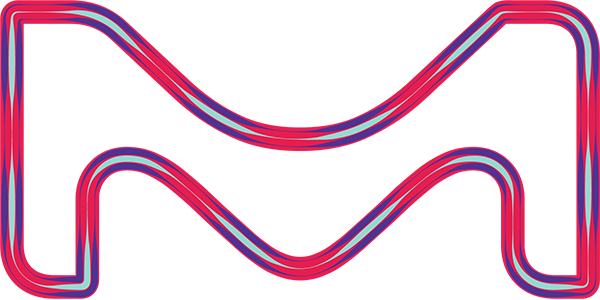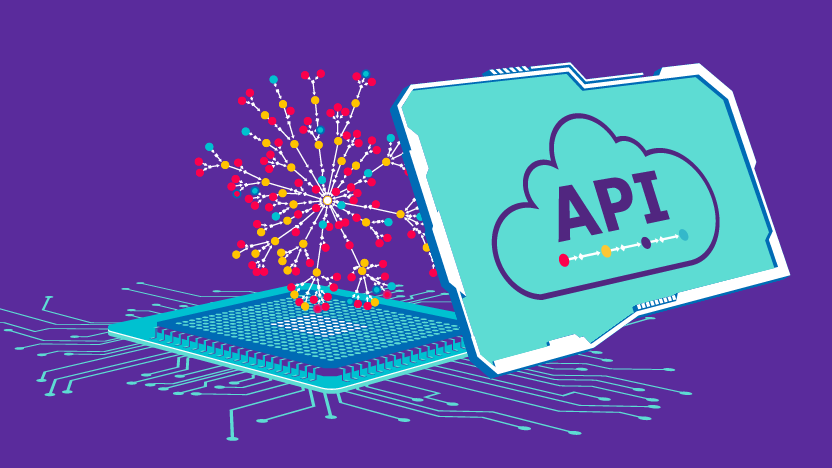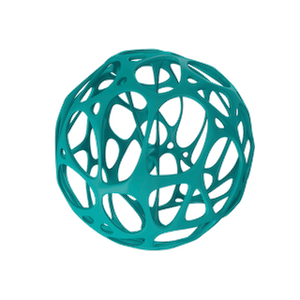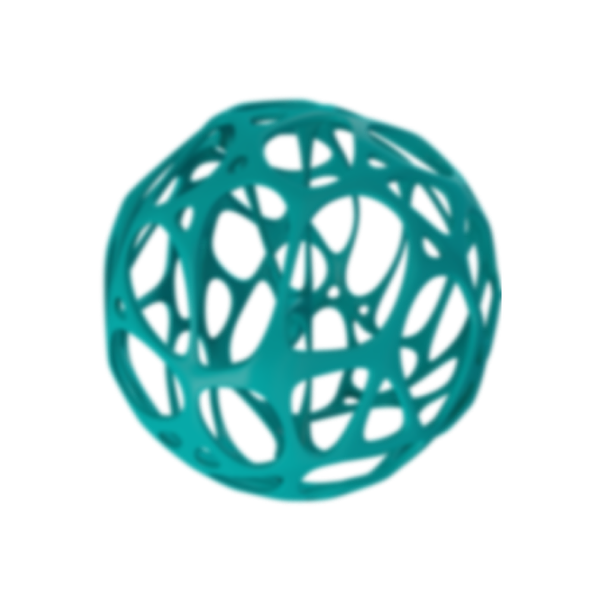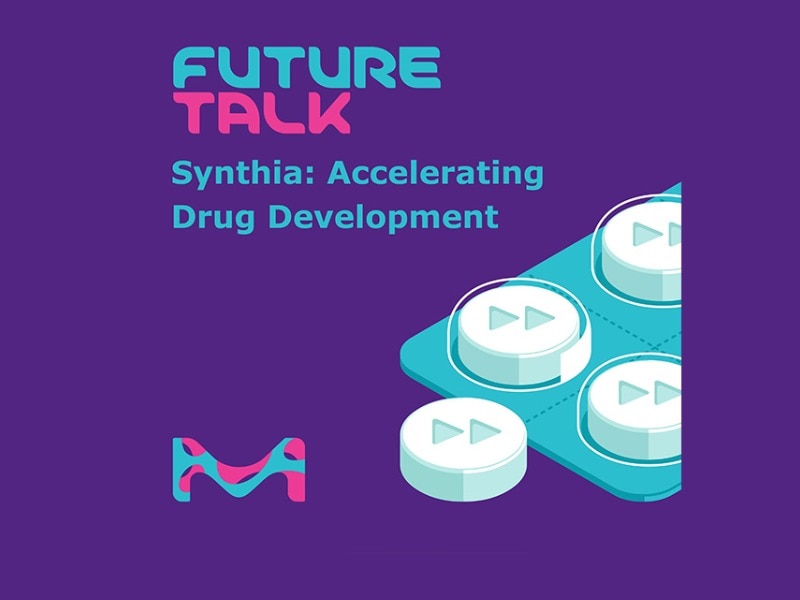Synthetic chemistry has primarily relied on the expertise and creativity of medicinal chemists to devise innovative approaches for synthesizing new molecules. However, recent advances in AI have the potential to enhance their success rates and accelerate drug discovery projects.
According to Dr. Ewa Gajewska, "We are developing breakthrough technologies that can save chemists significant time and enable companies to optimize costs while expediting the delivery of therapeutics to patients."
SYNTHIA® retrosynthesis software, designed by a team of chemists and computer scientists over a span of 21 years, is powered by advanced algorithms. These algorithms enable chemists to access and leverage extensive repositories of chemical synthesis data collected over decades of research.
"Our novel drug discovery software empowers chemists with diverse avenues to explore for molecule synthesis," explains Gajewska . “The software examines both established and innovative solutions, filters out ineffective options, and focuses on the most promising pathways.”
By harnessing more than 110,000 meticulously crafted reaction rules, the tool systematically evaluates retrosynthetic possibilities while considering past achievements, future opportunities, and available starting materials.
"We have a team of Ph.D.-level synthetic chemistry experts that develop tailored rules, differentiating our tool from others in the field."
SYNTHIA® retrosynthesis software provides invaluable insights that guide chemists towards the most favorable execution path. This approach minimizes costs, reduces the number of steps involved, and maximizes the likelihood of successfully obtaining the desired molecule with optimal properties. As a result, it significantly shortens the time required for chemists to identify a viable laboratory approach.
